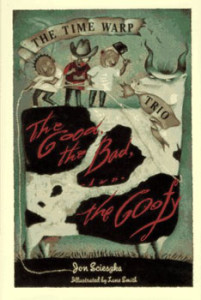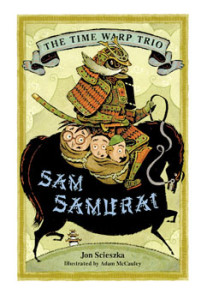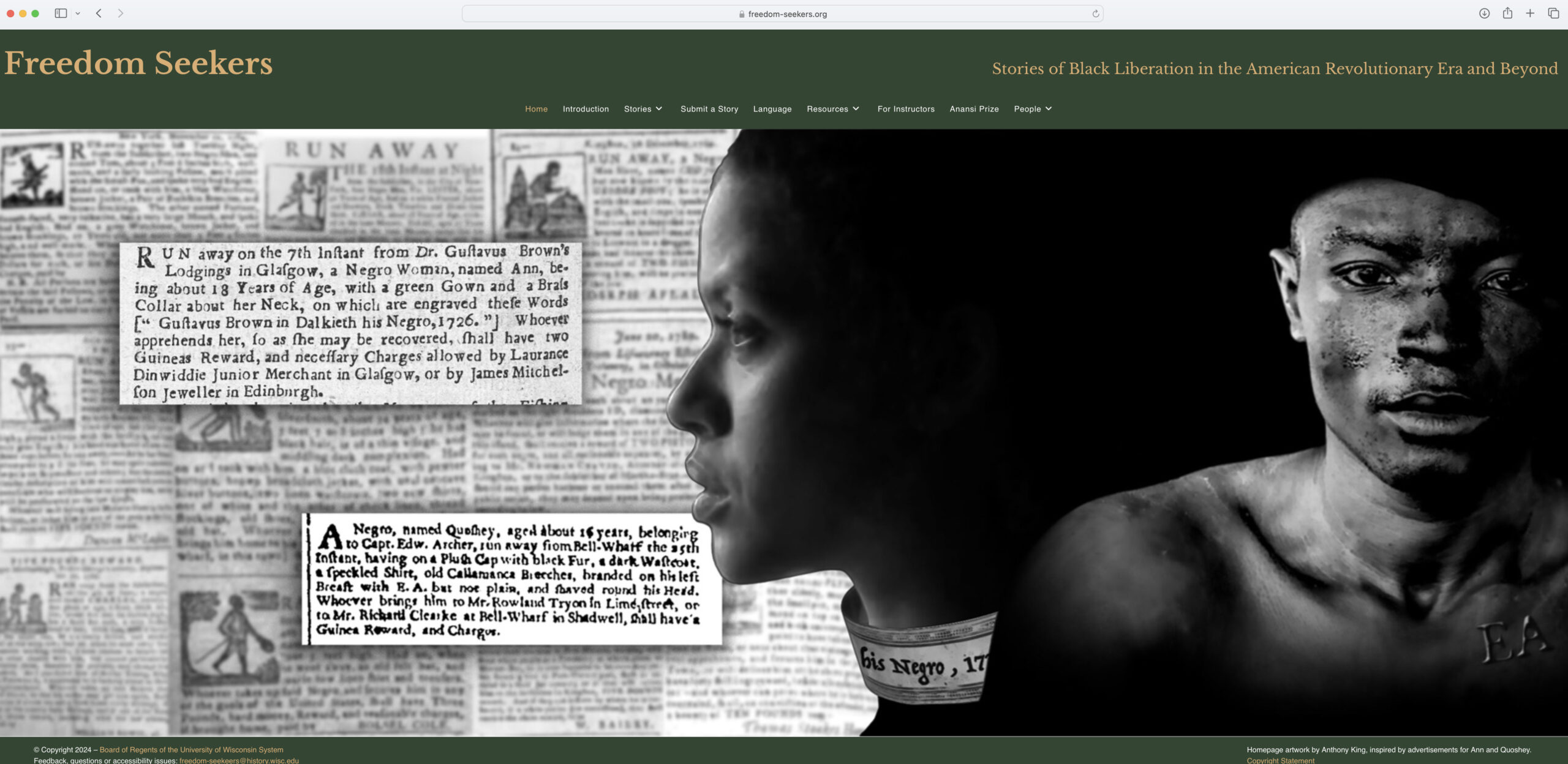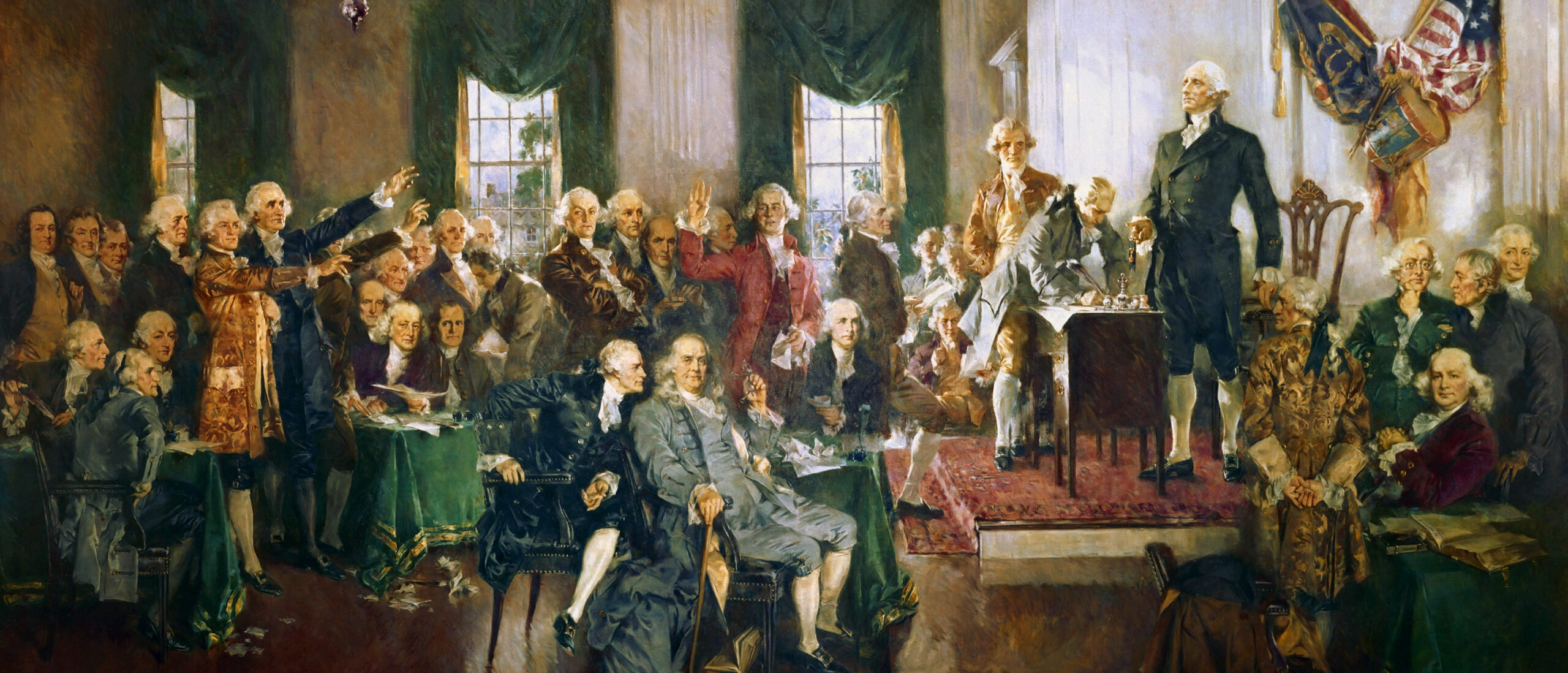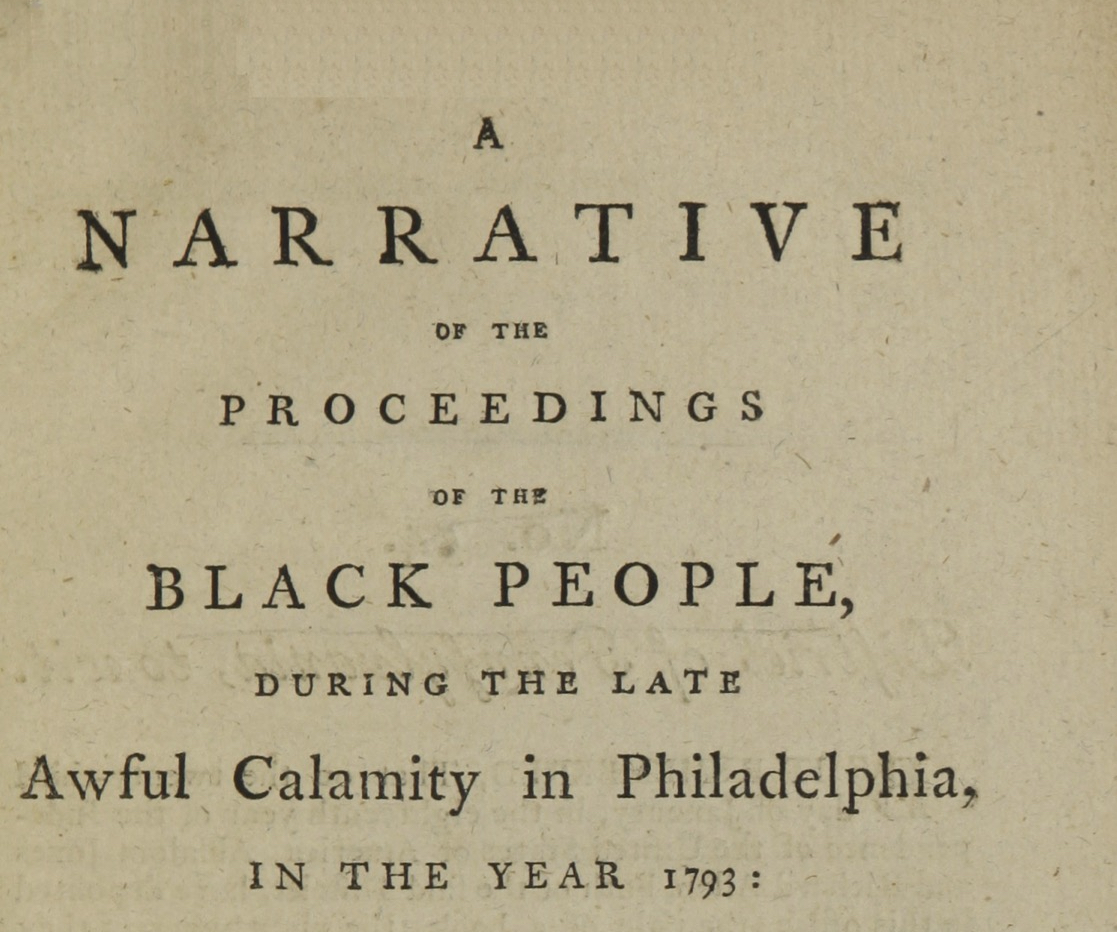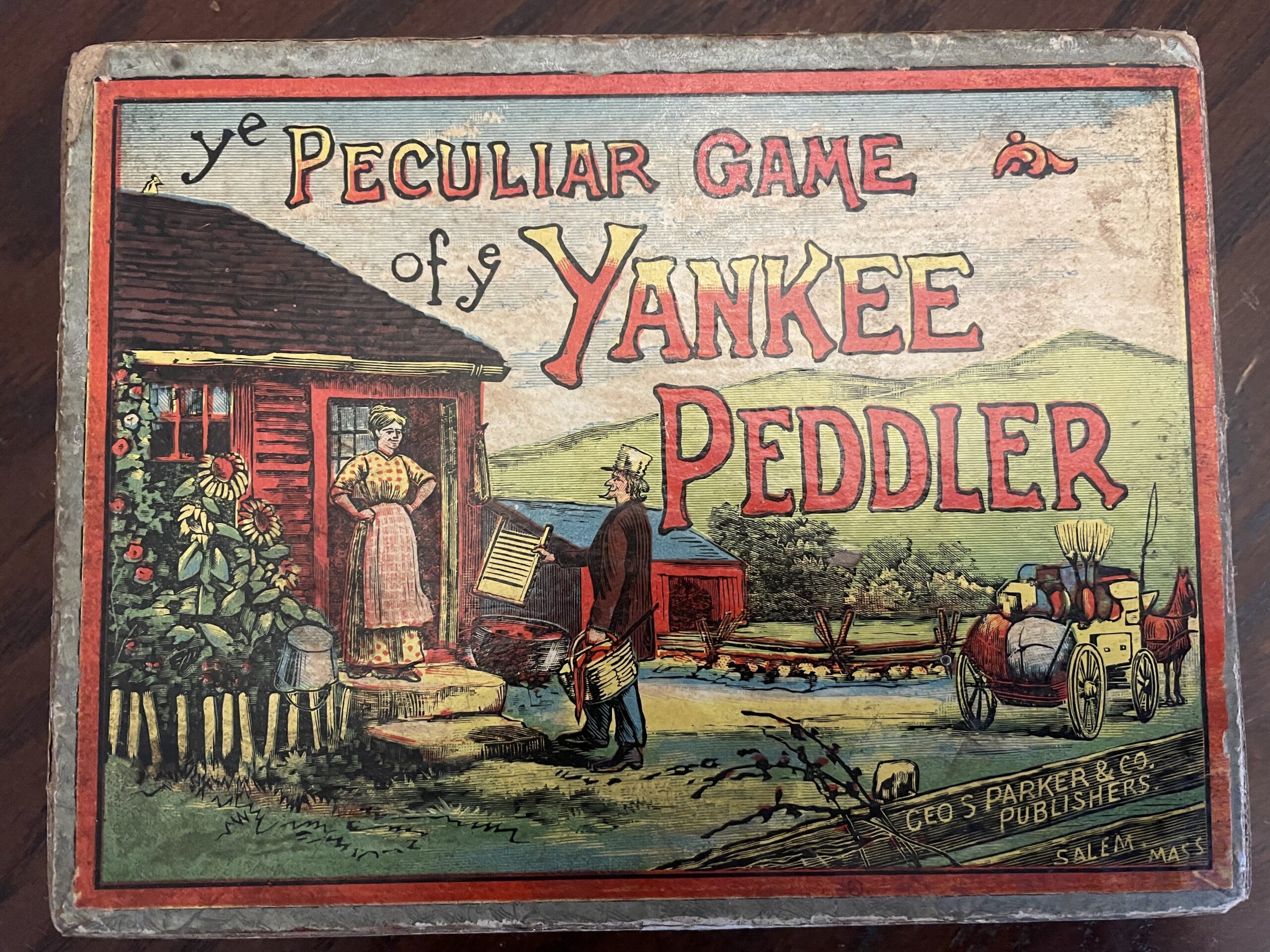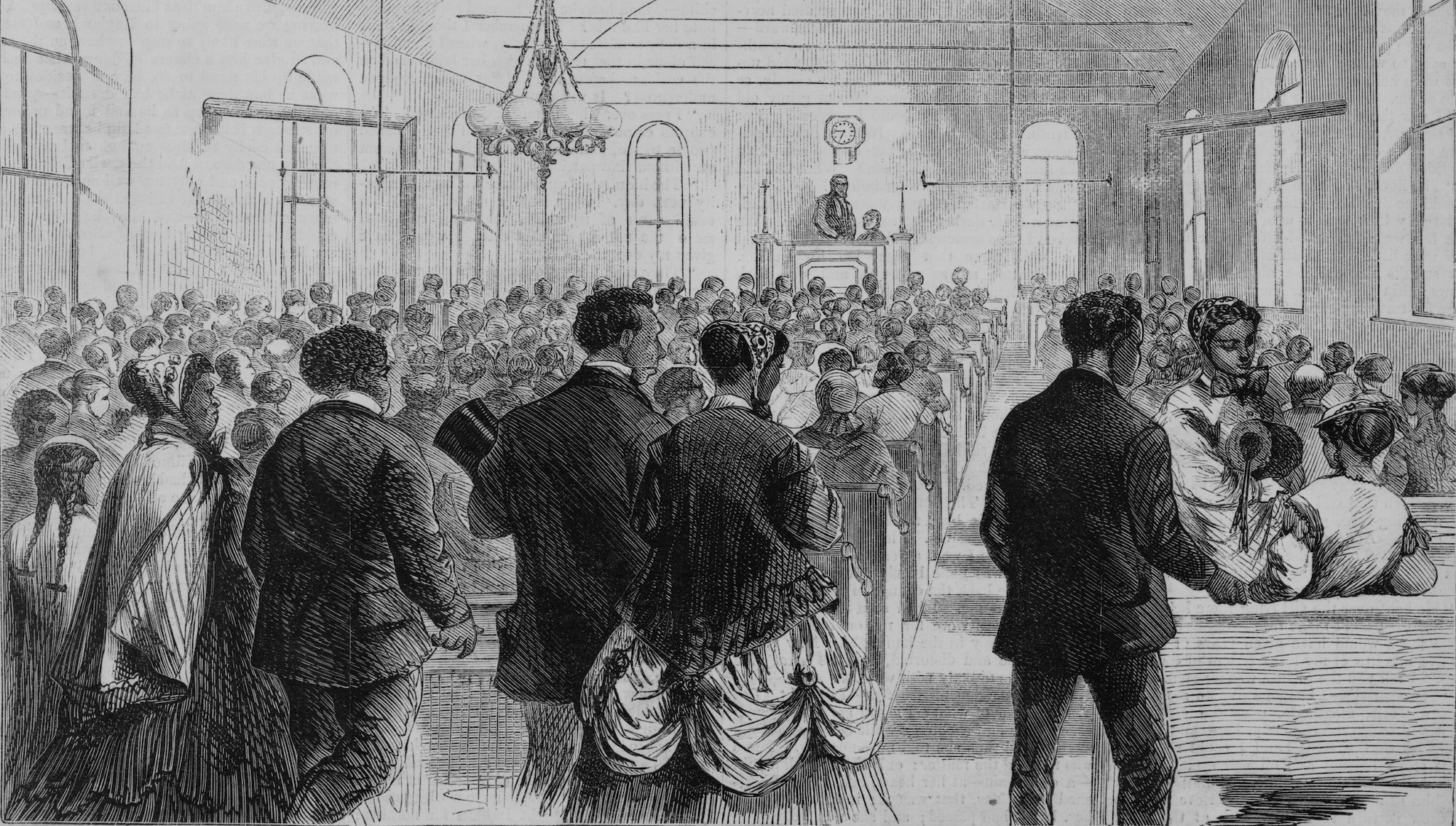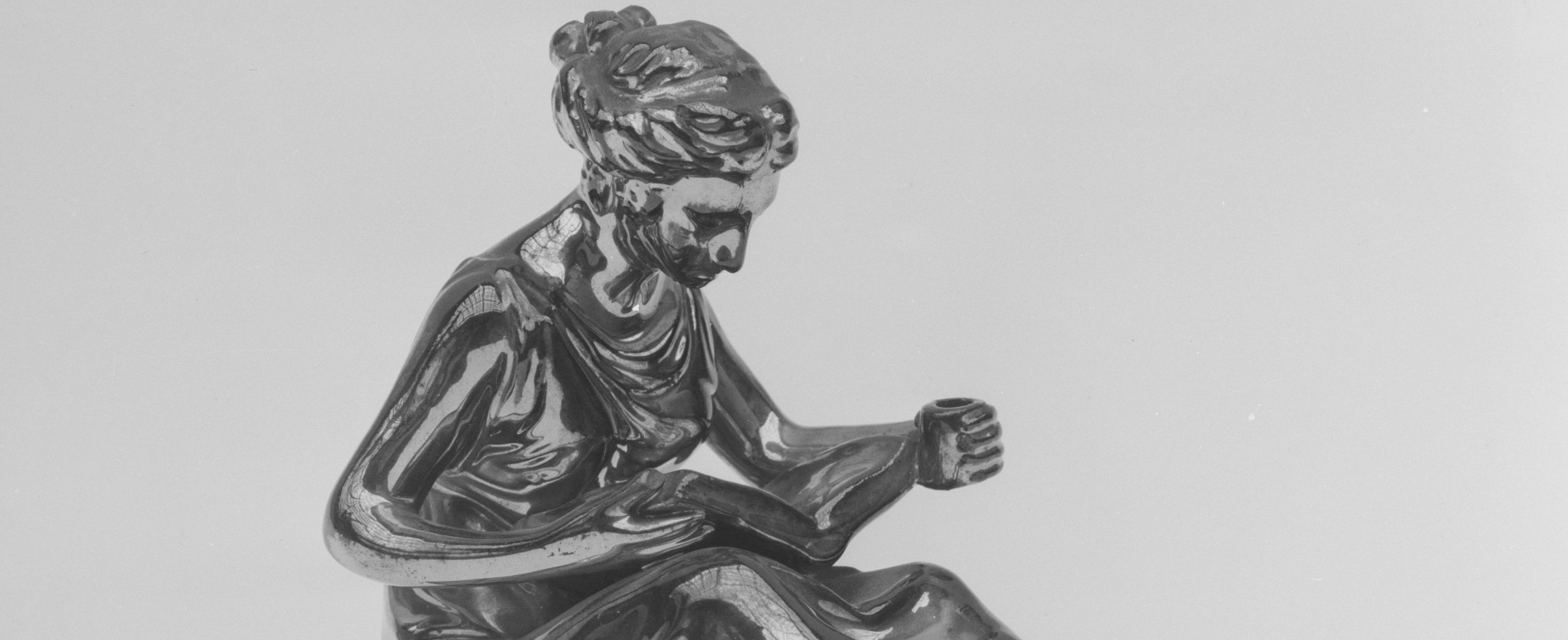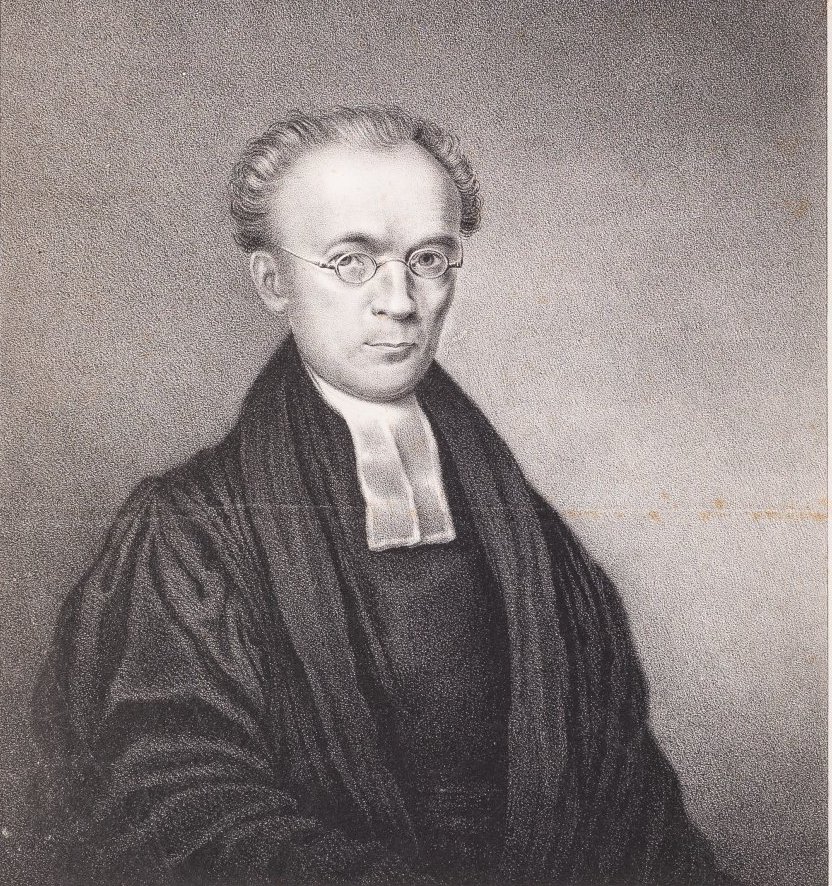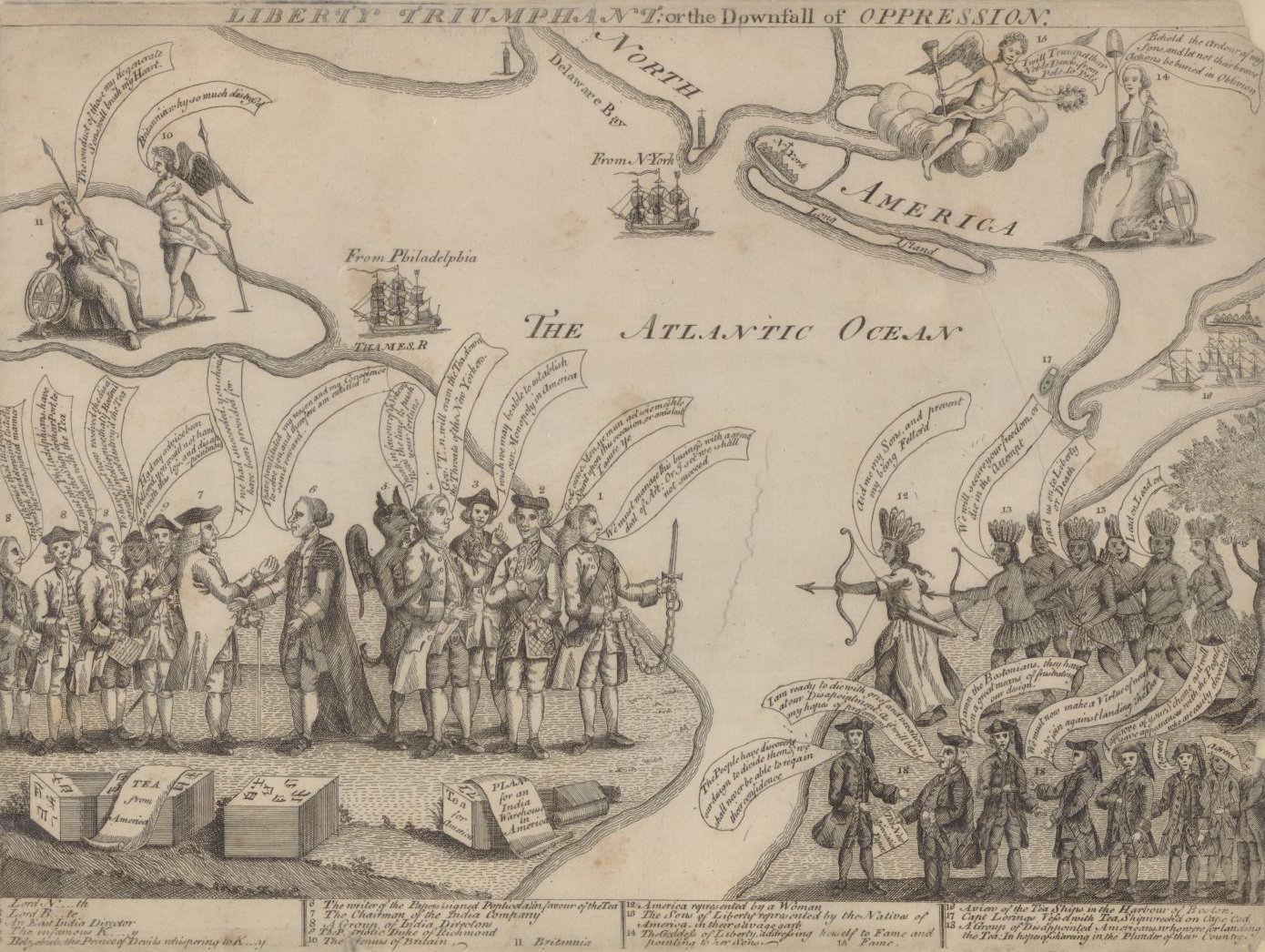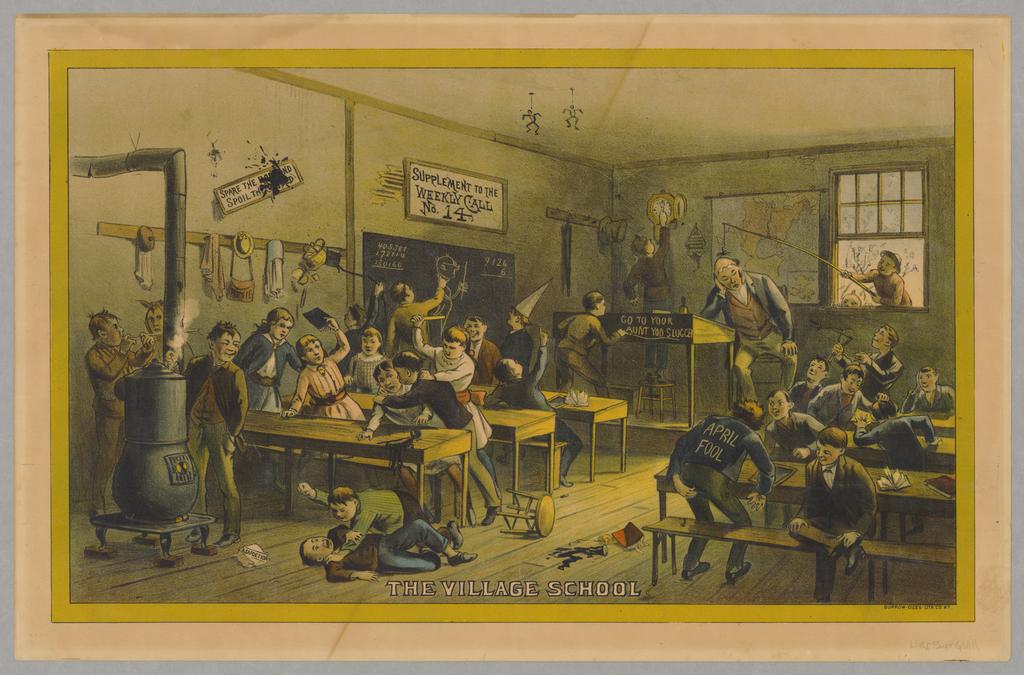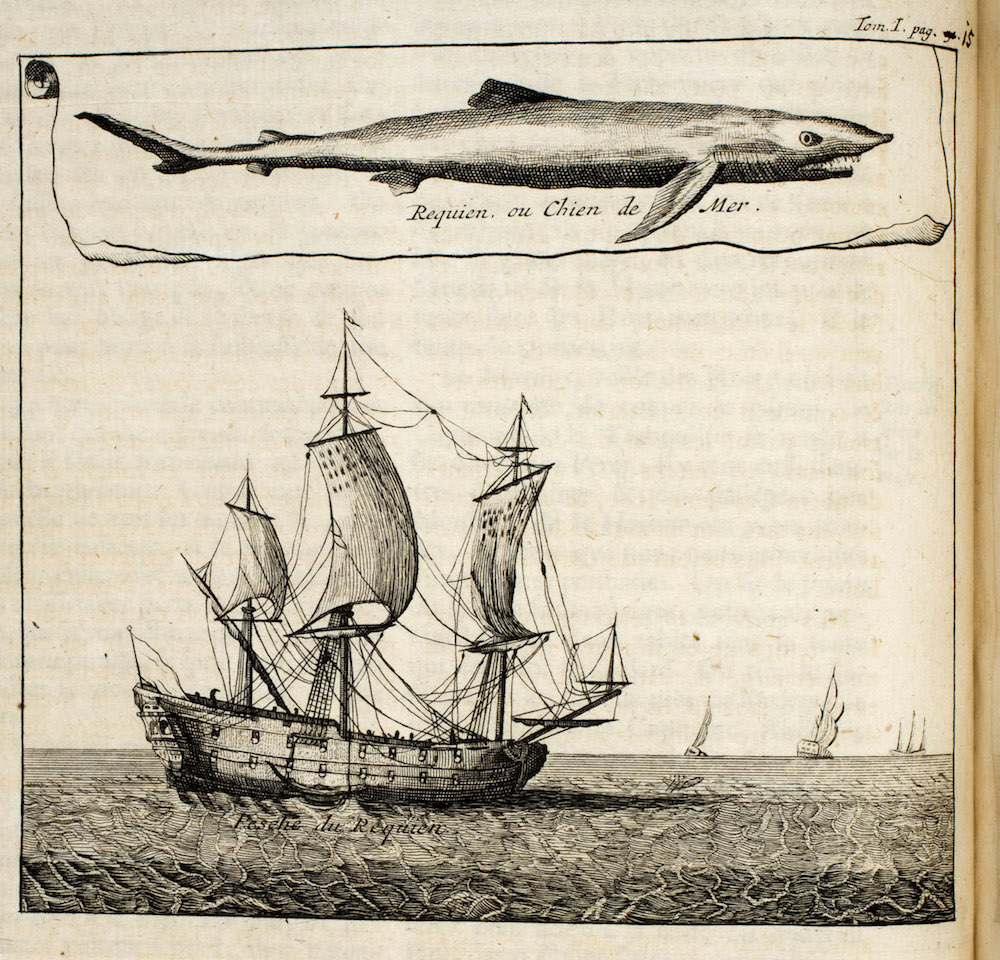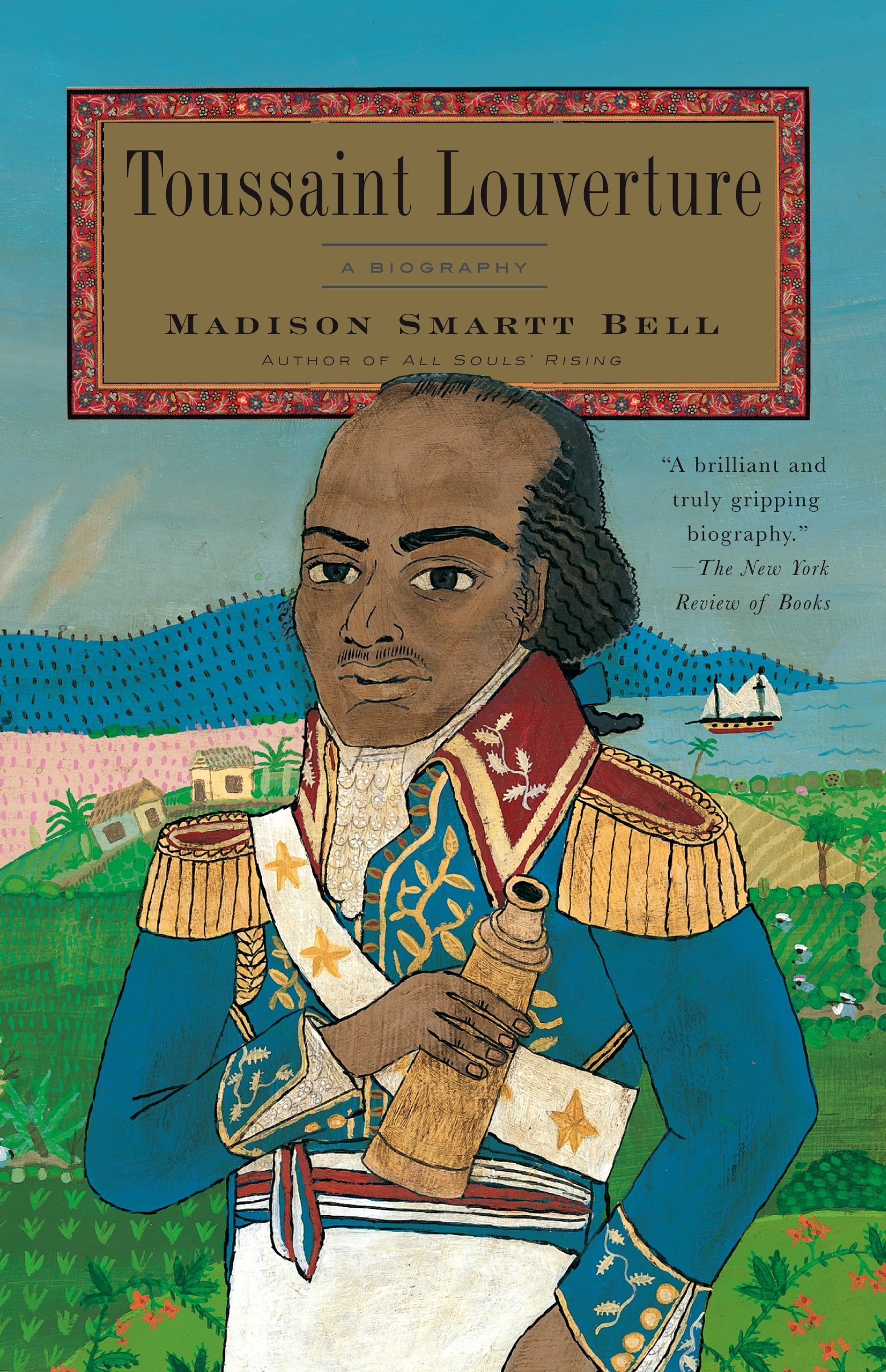I write history for kids.
Most people may not think it’s really history. They might call the stories of three guys who can travel through time historical fiction, or fantasy, or just goofing around. But most people don’t think about how kids learn history.
I taught elementary school in Manhattan for ten years and learned the hard way: in the instant-feedback, no-holds-barred encounter called classroom teaching. I wandered into my first fifth-grade American history classes way back in 1988 armed with little more than a textbook, my own fascination with history, and the earnest belief that every little scholar in the class would be just as interested as I in uncovering the details of our historical heritage, from Plymouth Rock to the Hawley-Smoot Tariff.
This, you are doubtless surprised to learn, was not the case. Initially, I assigned pages every night from the textbook, asked kids the next day to discuss what they’d read, and unfailingly bored ninety-five percent of the class into a slight coma. Two months of this, and I figured out that something was not working
I sat myself down and thought back to what had sparked my interest in history. One man came to mind: Al Nagy, my 1972 high-school American history teacher at Culver Military Academy in Culver, Indiana (“Behind the Cornsilk Curtain,” as Dean Nagy used to say). Al Nagy was the head of the history department. He had a razor sharp intellect, an inquiring mind, and a wry sense of humor. He described himself as hailing from a time when “boys were men, and men were giants.” Studying history in Dean Nagy’s 8:40 a.m. American history class was time travel of the first order. We read textbooks, yes, but we also analyzed primary source materials. Dean Nagy lectured. We took notes. Somehow, he got us to visualize another world, to see other real people, and—best of all—to imagine ourselves there. Al Nagy could take us to meet those most-clichéd people of early American history—from the Colonists to the Overlanders—about whom all kids in American elementary schools seem sentenced to learn and relearn. He introduced us to taciturn George Washington, rowdy Benjamin Franklin, and hotheaded Alexander Hamilton. We willingly met them. We were there.
When I recalled those early morning classes with Dean Nagy, I realized that kids need to be there to learn (and then maybe even enjoy) history. I brought my epiphany back to the classroom. I like to think that I reached more of my little scholars. I know we at least had much livelier discussions and a much lower percentage of lecture-induced coma cases.
In 1992, I began writing for kids full time. I was wrestling with the idea of writing an entertaining educational series. I thought about connecting kids to the range of events and characters in world history. I thought about Al Nagy. I thought about putting kids there. I thought, “What if three regular guys from one of my classes could travel anywhere in time?” And so the Time Warp Trio series was born. My trio consists of Joe, Sam, and Fred—three characters formed of bits and pieces of all the crazy little guys who were ever in my classes. They travel by means of a mysterious book and run into figures from the historical past, including King Arthur, Blackbeard the pirate, and King Tut.
I consciously decided not to include a girl in the trio because I wanted the three friends to be true to the friendships I saw in school. Boys would hang out with girls, but groups of best friends were almost always of the same sex. I also wanted to show real boys as I know them: messy and wild and goofy and gross, yet funny and smart and loyal and thoughtful. The best letters I get from kids say, “That was just like me and my friends.”
After I had published a few books in the series, the girls in my classes demanded more girls in the adventures. So I wrote 2095 (New York, 2002), where the guys go one hundred years into the future and meet up with their own great-granddaughters. It turns out the girls have inherited the mysterious time travel book and can hop around time too. So, now the guys and their great-granddaughters cross paths in all sorts of unlikely times and places.
I structure the Time Warp adventures to be short, fast paced, and action packed. Each has about twelve cliff-hanger-ending chapters. My goal is to stuff them with as much true historical detail, goofy humor, and gruesome and/or disgusting tidbits as I can. I want to keep the reader dying to find out what happens next. When I start a new Time Warp, I immerse myself in researching the general period into which the guys are traveling. I find out a hundred times more than I ever put into the final story. I want the known and verifiable history in the fictional adventures to be as true and accurate as possible. When the trio travels back to nineteenth-century Brooklyn in Hey Kid, Want to Buy a Bridge? (New York, 2002), it runs into Thomas Edison, Washington Roebling, and the beginnings of organized baseball. If curious readers like my story, I hope they will want to look up any of those people, places, or events and find that, yes, indeed, what I describe was really there in Brooklyn in 1877.
History, presented in fiction in this way, can be a fantastic way to motivate kids to read and explore more. I always feel that if just one reader stops and thinks for a second, I’ve been successful. I want them to wonder, “Did that really happen to Blackbeard when he got caught down in North Carolina?” If they’ll only ask, “Did gladiators really eat that stuff?” Can I push them to ask, “Did samurai warriors really wear those clothes?” The haiku forms the guys use in Sam Samurai, the description of the weaponry in Viking It and Liking It, and the vestal virgins in See You Later Gladiator are all part of my plan to intrigue, entertain, and inspire kids to dig into history.
As the trio ventures into the Mayan past in Me Oh Maya!, as they journey into places past and future, my mission is consistent. I want to take kids into history and get them asking those ultimate historical questions: What were other people like? Did they have to brush their teeth every day? Did they wear underwear?
This article originally appeared in issue 3.1 (October, 2002).
A former elementary school teacher, Jon Scieszka lives in Brooklyn, New York, and writes for children of all ages. He is the author of The True Story of the 3 Little Pigs (New York, 1989), Caldecott Honor Award winner The Stinky Cheese Man (New York, 1992), and the Time Warp Trio series (New York, 1991-). His next installment in the TWT series, Me Oh Maya!, will appear in the spring of 2003.



